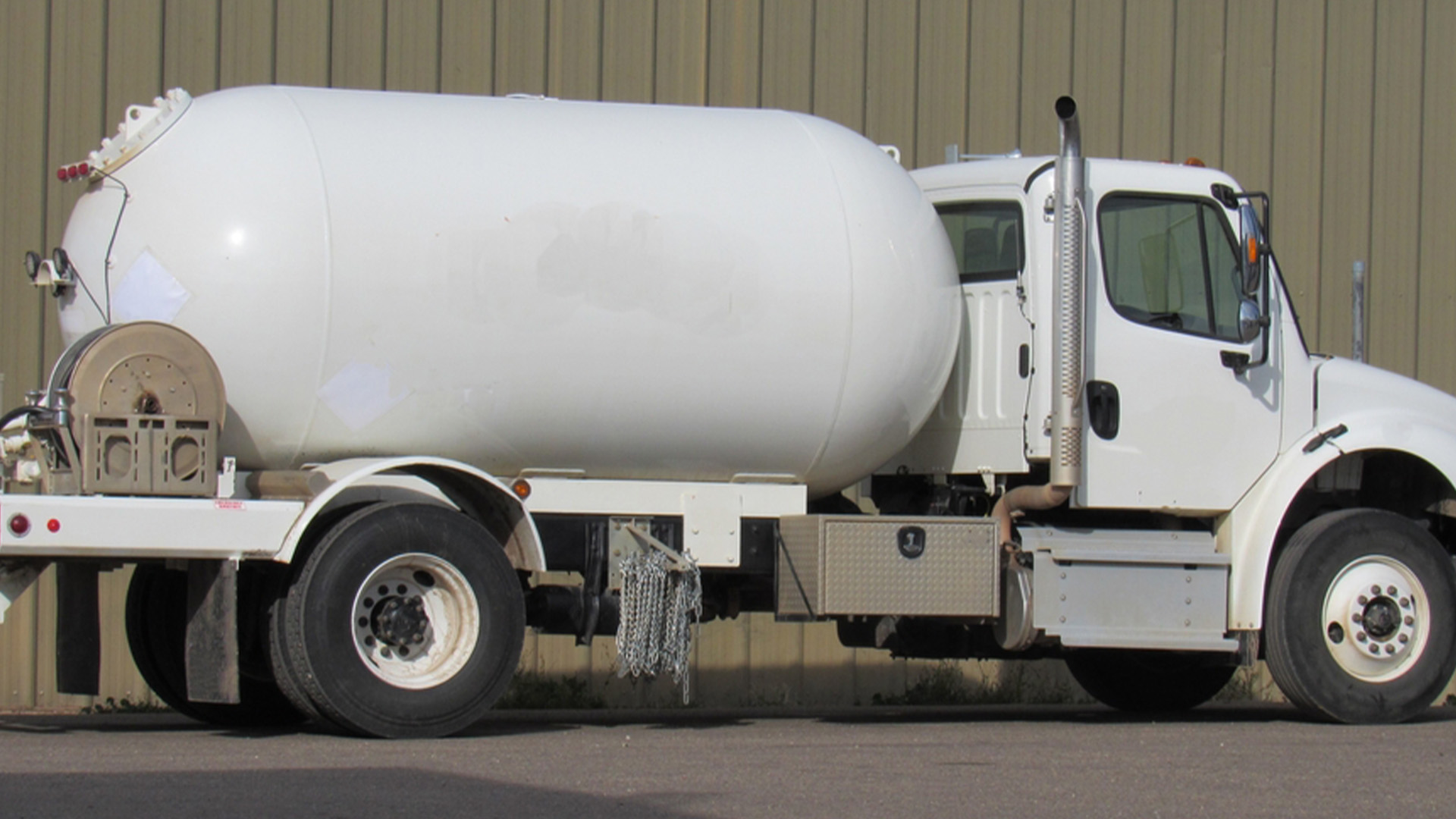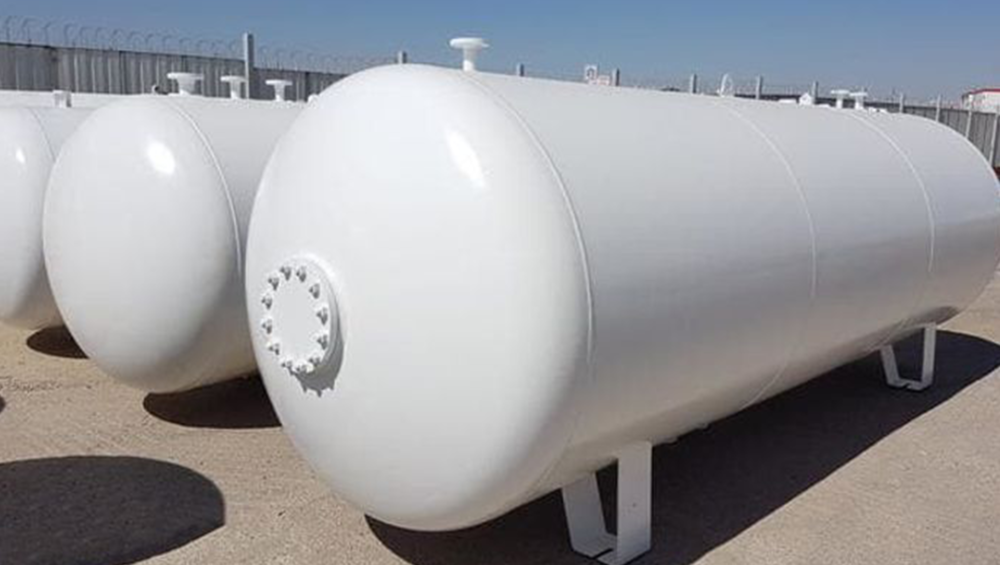Propane is an indispensable resource in today’s world. At construction sites, it powers a wide range of equipment and machinery. However, its highly flammable nature demands strict adherence to safety protocols. Following safety measures can prevent accidents, promoting a secure working environment. Today, we will discuss important safety tips for handling propane in construction areas.
 Propane Tank Selection
Propane Tank Selection
For efficient usage, it is important to choose the correct propane tank sizes for your business. Factors that you should consider include:
- Tank Size: Depending on the site’s requirements, select an appropriate tank size. There are small propane tanks like 20 lb or 100 lb tanks for portable equipment and larger tanks like 500 gallon tanks to power heavy-duty machinery.
- Tank Quality: It is wise to buy propane tanks from reputable sellers who are known for providing the best propane tanks. Thoroughly inspect tanks to get good quality ones.
- Regulatory Compliance: Ensure that the supplier who provides you with the propane tank complies with local regulations and safety standards. This includes proper labeling, safety valves, and pressure relief mechanisms.
Storage and Placement
You should properly store propane tanks to avoid accidents and to maintain a safe working environment.
- Proper Storage: Store propane tanks in well-ventilated areas away from heat sources and combustible materials. Tanks should be stored in an upright position.
- Clear Labeling: Clearly label propane storage areas with warning signs indicating the presence of flammable gas. Restrict access to authorized personnel only.
- Distance Requirements: Follow regulatory guidelines regarding the minimum distance between propane tanks and other structures, such as buildings or electrical equipment.
Handling and Refilling
When handling or refilling tanks, strict safety protocols must be followed:
- Personal Protective Equipment (PPE): Wear appropriate PPE. You should use safety goggles, gloves, and flame-resistant clothing when handling propane tanks or performing refills.
- No Smoking Policy: There should be a strict no-smoking policy around propane storage areas. Prohibit open flames or sparks in such places.
- Leak Detection: Regularly inspect tanks for leaks. You can use soapy water to detect leaks. Never use an open flame to check for leaks.
- Proper Refilling Procedures: Only trained personnel should perform tank refills. Follow manufacturer guidelines and use approved equipment for refilling operations.
Emergency Preparedness
Despite precautions, emergencies can occur at any time. It’s vital to have robust emergency protocols in place:
- Emergency Shutdown Procedures: Ensure all personnel are trained in emergency shutdown procedures. This includes shutting off valves and evacuating the area safely.
- Fire Safety Equipment: Maintain readily accessible fire extinguishers designed for flammable gas fires.
- Emergency Contact Information: Keep a list of emergency contacts, including local fire departments and propane suppliers, at the construction site.
Regular Maintenance
Regular maintenance is essential to identify any potential problems ahead of time.
- Inspections: Conduct visual inspections of tanks for signs of damage and corrosion. Replace the damaged components immediately.
- Pressure Testing: Periodically perform pressure tests to check for leaks or structural weaknesses.
- Training and Awareness: Train all faculty involved to handle propane.
Conclusion
Handling propane on construction sites demands proper attention to safety guidelines and best practices. Prioritizing safety at every step is necessary. By adhering to the essential guidelines mentioned in this blog, construction sites can minimize risks and create a safer working environment for all personnel involved.


